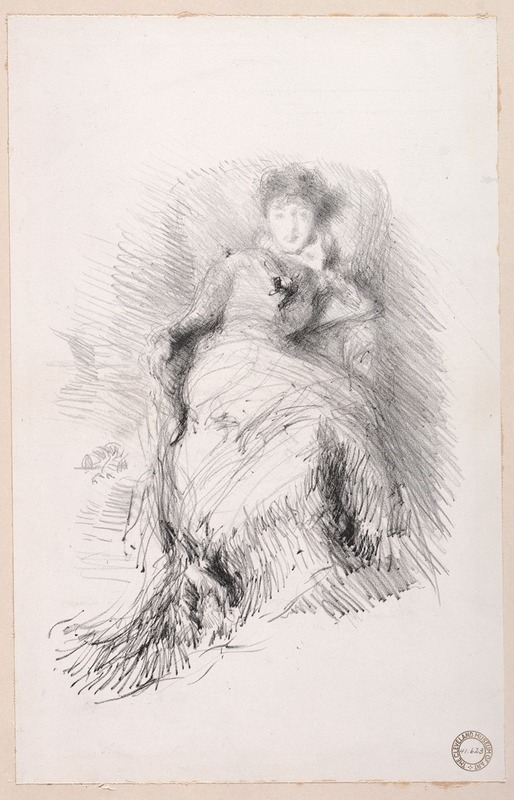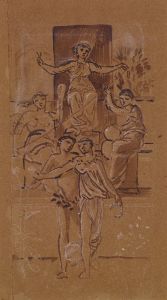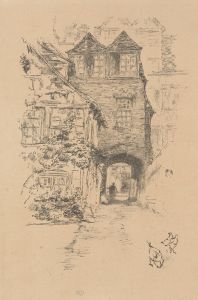
Study
A hand-painted replica of James Abbott McNeill Whistler’s masterpiece Study, meticulously crafted by professional artists to capture the true essence of the original. Each piece is created with museum-quality canvas and rare mineral pigments, carefully painted by experienced artists with delicate brushstrokes and rich, layered colors to perfectly recreate the texture of the original artwork. Unlike machine-printed reproductions, this hand-painted version brings the painting to life, infused with the artist’s emotions and skill in every stroke. Whether for personal collection or home decoration, it instantly elevates the artistic atmosphere of any space.
James Abbott McNeill Whistler was an American artist known for his significant contributions to the art world during the late 19th century. He is best recognized for his paintings, etchings, and lithographs, which often emphasized mood and atmosphere over detailed representation. Whistler's work was influential in the Aesthetic Movement, which prioritized beauty and artistic experience over moral or narrative content.
One of Whistler's notable works is "Study," a painting that exemplifies his unique approach to art. Whistler was known for his use of a limited color palette and his ability to create harmony and balance within his compositions. His works often featured subdued tones and a focus on the interplay of light and shadow, which can be seen in "Study."
Whistler's approach to painting was heavily influenced by his belief in "art for art's sake," a philosophy that suggests art should be appreciated for its beauty and form rather than its narrative or moral message. This philosophy is evident in "Study," where the emphasis is placed on the aesthetic qualities of the painting rather than any specific story or subject matter.
The painting "Study" reflects Whistler's interest in the Japanese art and design that became popular in Europe during the 19th century. This influence is visible in the simplicity of the composition and the use of space, which are reminiscent of Japanese prints. Whistler often incorporated elements of Japonism into his work, which helped to distinguish his style from that of his contemporaries.
Whistler's technique in "Study" likely involved the use of thin layers of paint to achieve a delicate and refined surface. This method allowed him to create subtle variations in tone and texture, contributing to the overall mood of the piece. His attention to detail and his ability to capture the essence of his subjects with minimal brushwork are hallmarks of his style.
Throughout his career, Whistler faced both acclaim and criticism. His work was often controversial, as it challenged traditional notions of art and beauty. However, his innovative approach and dedication to his artistic vision earned him a lasting place in art history. "Study" is a testament to Whistler's skill and his commitment to exploring the possibilities of painting as a medium.
In summary, "Study" by James Abbott McNeill Whistler is a work that encapsulates the artist's dedication to the principles of the Aesthetic Movement and his innovative approach to painting. Through his use of color, composition, and technique, Whistler created a piece that invites viewers to appreciate the beauty and harmony of the visual experience.


















